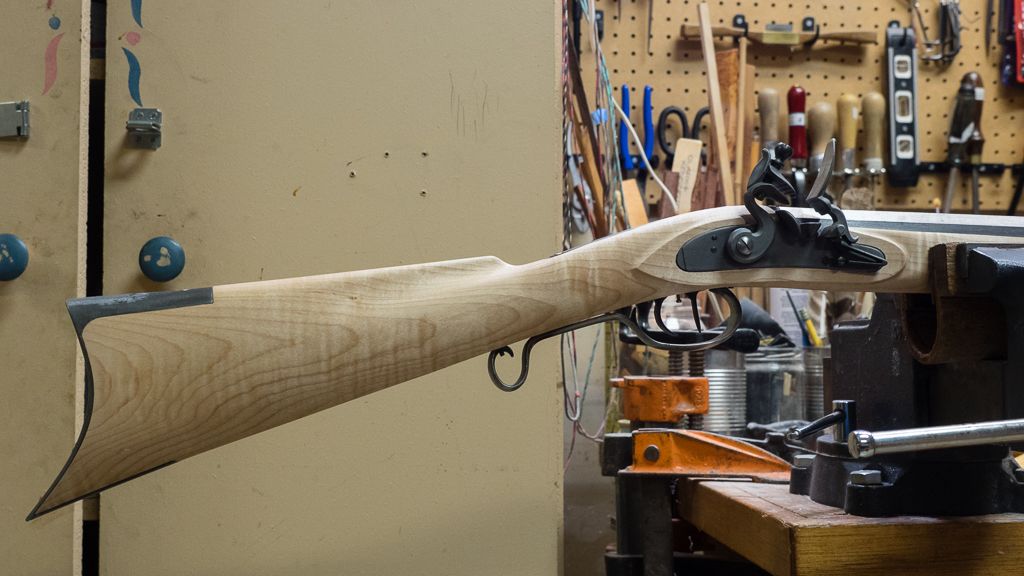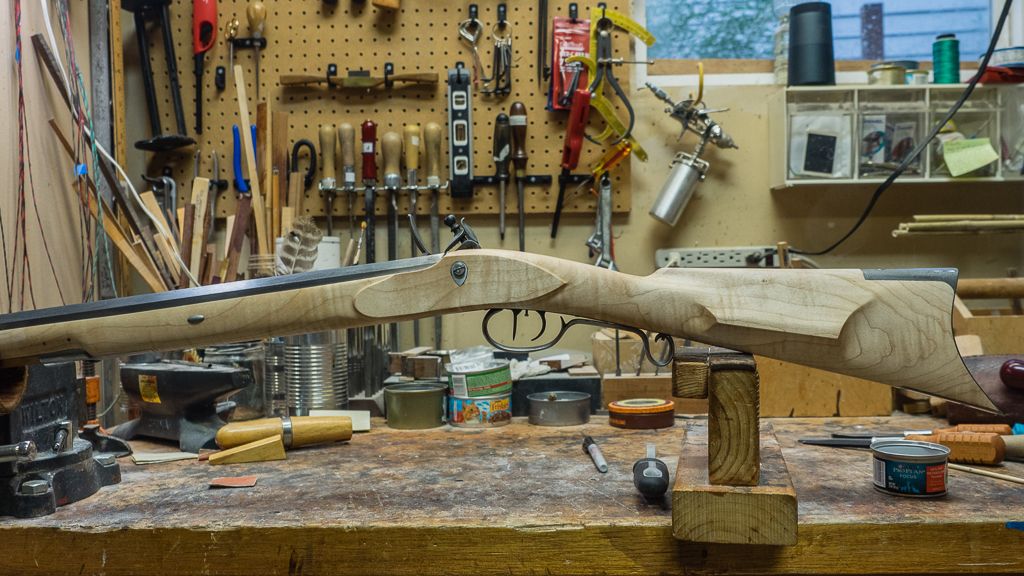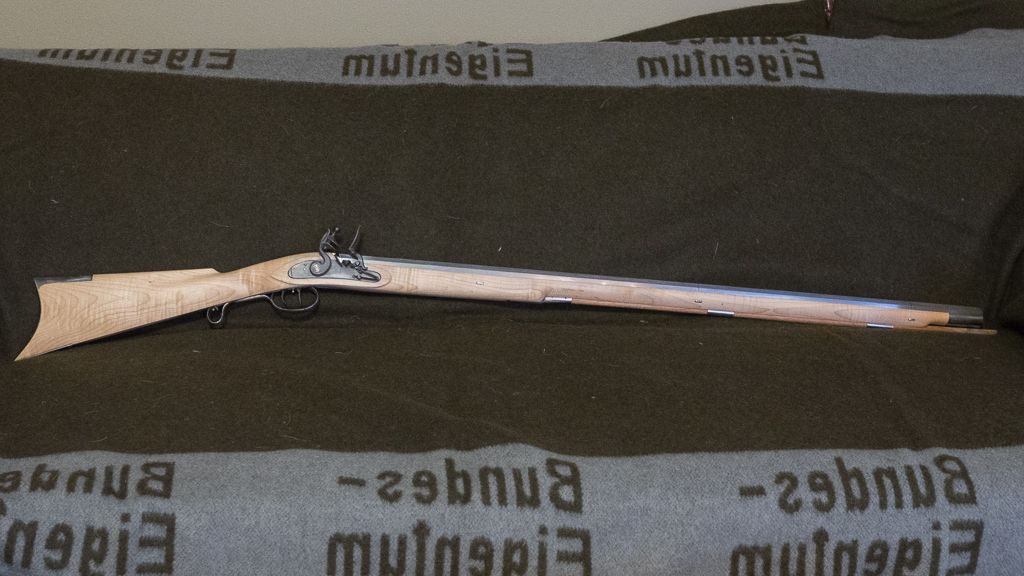It's not as hard as you might think, but hooked breech Hawkins are not typically a profusely carved gun, as were royal presentation pieces in French Court.
You might look at some originals to see if maybe a few of them had incise border lines. Those might do a good job of "framing" the stock. Just remember that straight borders are generally harder to do than curvy scrolls.
You're doing the smart and prudent thing though. Walk before you run. Getting the architecture right is like getting the foundation right in building a house. Having nice carving and engraving on an otherwise poorly built rifle is still a poorly built rifle. Having mediocre carving on an otherwise well built rifle is still a well built rifle, but with a "folksy" touch, as was quite common in originals.
To make the point even more poignantly; Picture Rosie O'Donnell in a designer dress, and then picture Melania Trump in Wal Mart "off the rack" women's wear. Which one looks better?
The funny thing with builds though is, for our first builds, we get through them pretty fast. Then, the more experienced we get, and surer our hands, the longer it takes us to build them.







